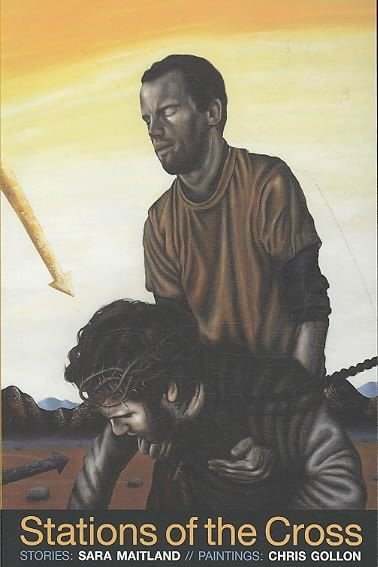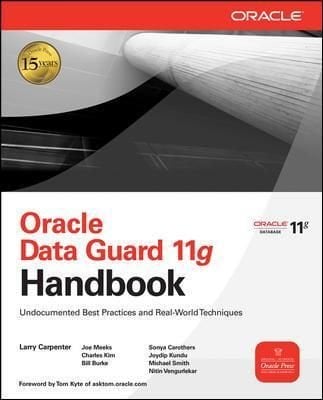Sara Maitland’s compelling human stories give voice to Chris Gollon’s powerful contemporary sequence of Stations of the Cross (painted from life and reproduced in the book in high-res colour images): a unique and potent collaboration. The Stations were commissioned for St John on Bethnal Green, a visually prominent London Anglican church designed by Sir John Soane, the neo-classical architect who also created the Bank of England and the Dulwich Picture Gallery. The church stands on the boundary between Hackney and Tower Hamlets and is therefore in one of the more deprived and multi-cultural areas of the UK. In 2001 the congregation made the extraordinary decision to commission a site-specific Stations of the Cross, the traditional 14 pictures of the last day of Jesus’ human life, used from the Middle Ages onwards for meditation and prayer (and established in their usual form by St Francis of Assisi, who is also credited with introducing the better-known Christmas crib scene - the two come out of the same spiritual tradition). Perhaps unexpectedly, they chose a contemporary artist not best known for his religious works: Chris Gollon (see www.chrisgollon.com). The Rector described the reasoning: “The church of St John on Bethnal Green has had a long-standing involvement with people on the fringes of our society, the sort of people who often figure in Chris’ paintings. His work contains many religious allusions and forms, which do not suggest conformity but challenge. These are the themes we wish to explore in this series of the Stations of the Cross and it is vital to have an artist who is not “safe” but perceptive and unsettling in interpreting the traditions. Chris has our confidence on all these counts.” It was a risky commission for everyone involved because at the time there was no money to pay Gollon, and the stations have been paid for one by one by an odd variety of sponsors, including the parishioners themselves, public art bodies and various private do …












